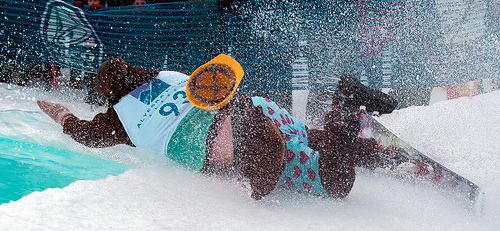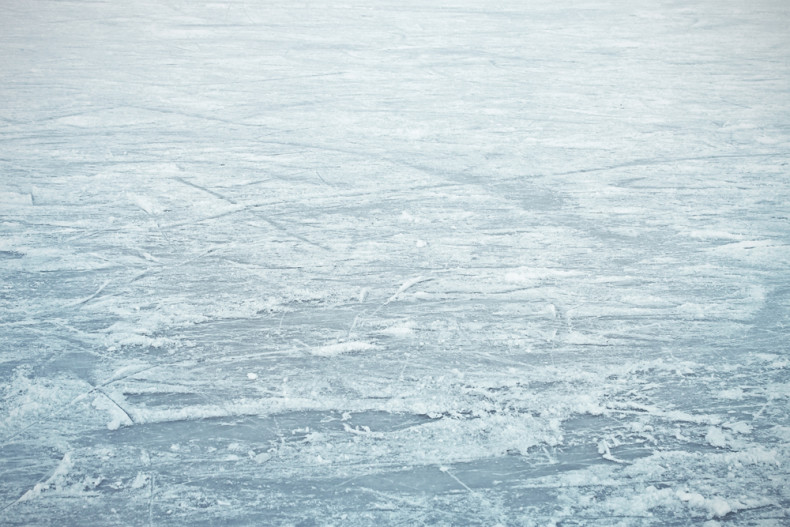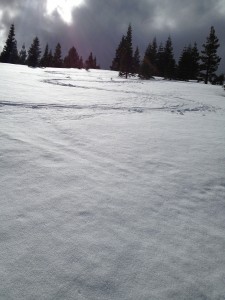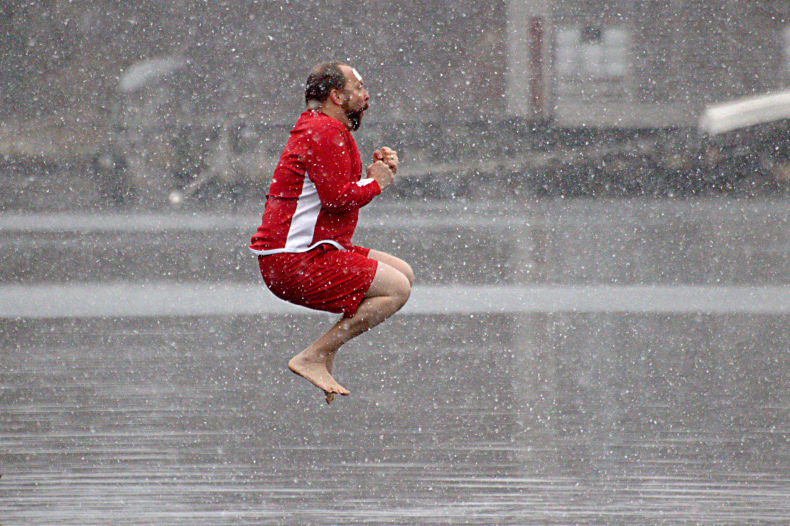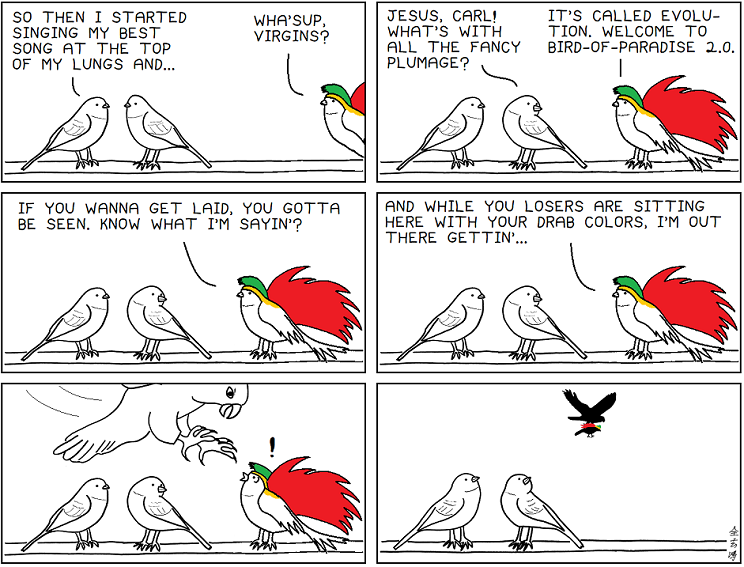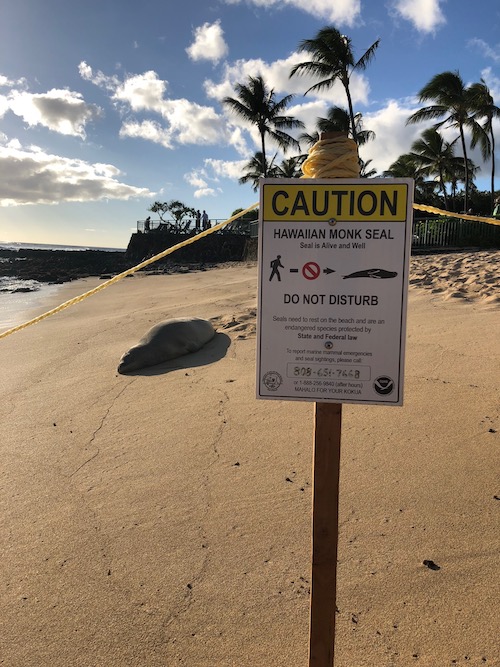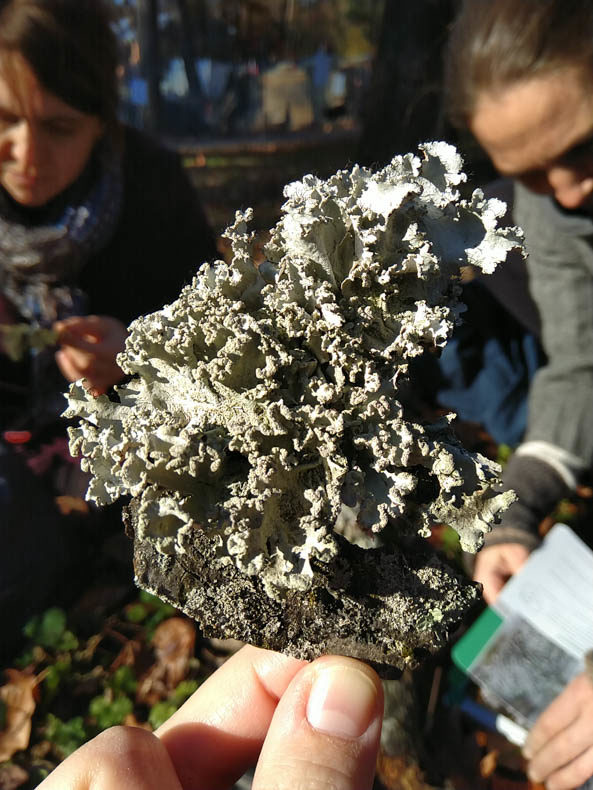This week, we’re celebrating the holiday by looking at some favorite wintry posts. On Feb 26, 2013, Christie considered why falling [for example, in the snow] is so funny.
The other morning while we were walking our dogs, my husband slipped on some snow and fell down in front of me. One moment he was stepping over a log, and the next he was on his back, feet up in the air. I laughed hysterically.
He wasn’t hurt. Nor was he amused. And his grumpiness just made the whole episode that much more comical. I couldn’t stop laughing, even after he pointed out that it was actually kind of mean to giggle over his misfortune. I agreed that it was rotten of me, yet I couldn’t stop smirking.
And that got me wondering — why is it so funny when someone falls?
Turns out, scientists are on it. I’ll explain their findings in a minute. But first, notice how many examples of this kind of humor circulate on the internet. Here are three of them, starting with the Ice Man. I dare you not to laugh.
